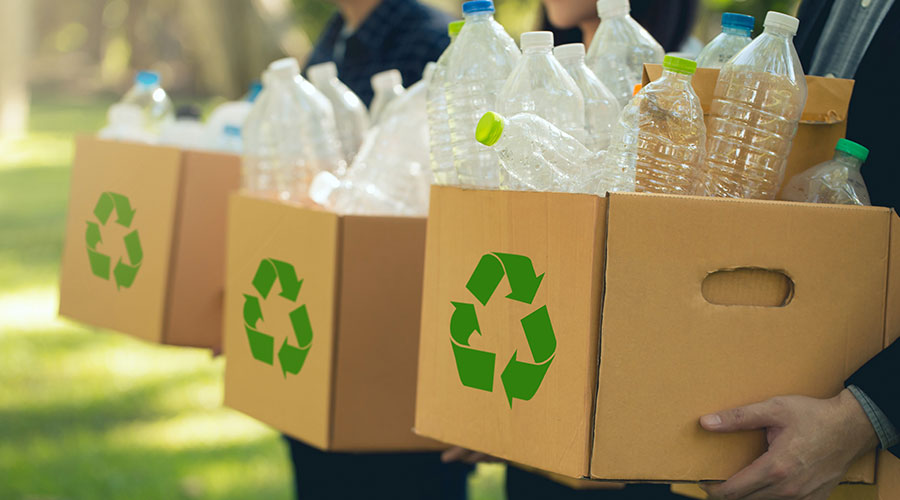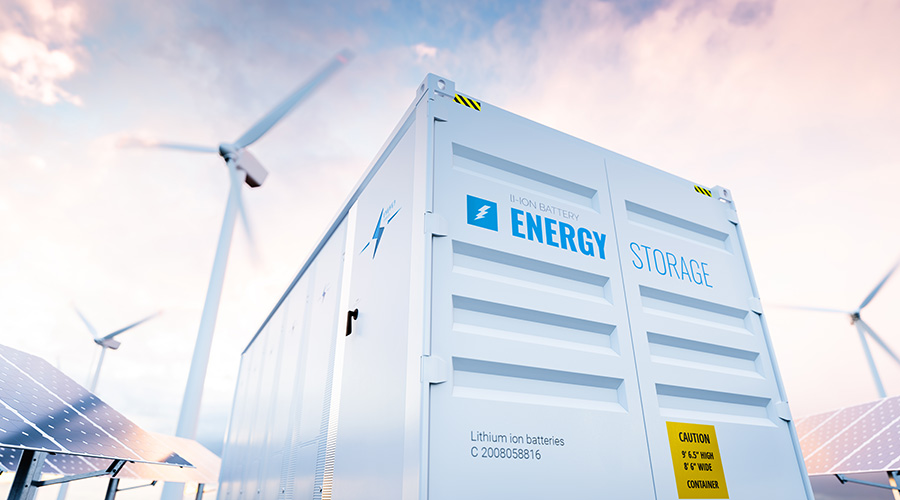Show Sustainability Doesn't Cost More To Gain Approval For Green Interiors Projects
Although sustainability is important to younger employees, hard costs are likely to be the most significant obstacle to securing approval from more senior individuals to move forward with a green project. Showing how sustainability doesn't cost more can help facility managers gain that approval when it comes time for a green interiors project.
Although younger employees are helping to propel many sustainable issues forward within an organization, the majority of key facility decisions continue to be made by more senior individuals.
"These decision-makers really need to think about who's going to be using the space and what the world is going to look like in 10 or 20 years," Wilson says. "If you poll younger people, you'll see that the vast majority of them are very conscious about the environment and want to work in a place that has a commitment to sustainability. They want to be proud of the place they're working."
Hard costs are likely to be the most significant obstacle to securing approval to move forward with a green project.
Although recent studies by Davis Langdon and others have demonstrated that green building projects don't cost any more than traditional projects, many people continue to believe that sustainability comes at a cost premium. And the global economic downturn has only complicated the process of securing approval for a green project.
"The economy hasn't killed the desire to do the right thing; it's just making it more difficult to go the extra step," Acosta says.
Budget constraints and the desire to minimize risk are prompting most organizations to scrutinize each sustainable decision. "If there's a sustainable option that costs more or doesn't have a proven track record, it's a much harder sell," Greenwald says. "But if it has strong performance and maintenance data, there will be a conscious investigation about whether to move forward."
Measuring the Impact
Demonstrating the bottom-line positive results of a greening initiative is key to earning credibility and building the case for an expanded budget to fund future projects.
Earlier in his career, Taylor served as a facility operator at the Houston component of the University of Texas Health Science Center, where his team pioneered several strategies to green the facilities.
"We implemented some no-cost, immediate payback steps, saving a bunch of money," he says. "Then we took the money we saved and invested it into more complicated improvements so we could show the cost-benefit approach to what we did. We also gathered feedback from users to show that we weren't compromising the quality of their workplace."
Related Topics:














